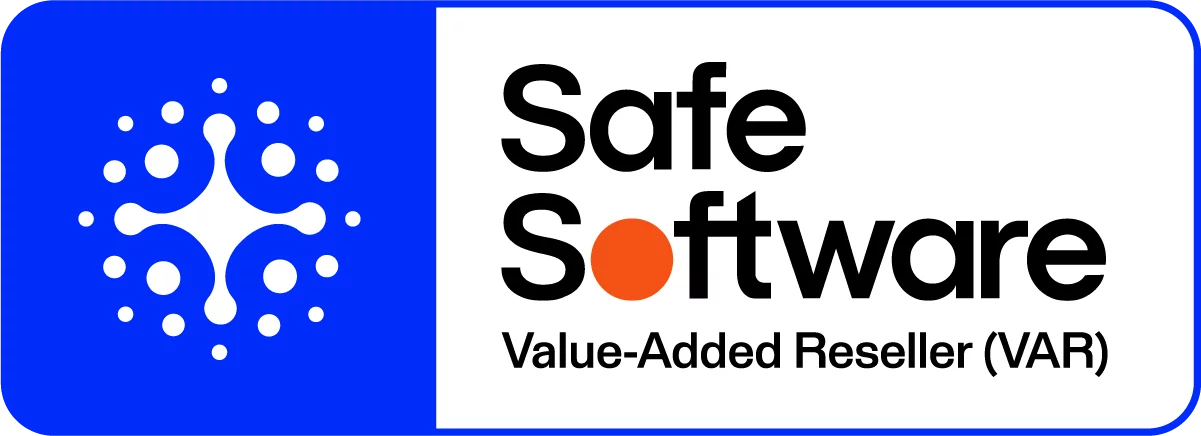5 Ways FME Integration Grants Your Business Access to the Analytics it Needs
Technology is the prime differentiator for most modern organisations
Many organisations ask us what is FME. In simple terms, FME provides a way to become more efficient and effective than competitors and to offer a better experience to customers and stakeholders. While the Microsoft Office suite may have been the sole piece of software many companies ran just a couple of decades ago, the race to be better has resulted in every organisation, no matter their size, now leaning on a significant number of software solutions.
Sure, each tool does something that makes the business a little better. But utilising a wealth of disparate solutions creates new problems: work begins to become less efficient as team members are forced to jump between different portals, and insights become difficult to find as data is siloed within each solution.
Enter the integration platform. These are designed to bring each of your applications and services together, and ensure that the data they share is usable, uniform, accurate and insightful.
‘But isn’t this yet another software solution?’ you might ask. And yes, it is. But this is one that unifies and simplifies all the others, improving your business’s performance in the process.
Here are five reasons why.

Quality Data Make Tough Business Decisions Far Easier
The responsibility of leaders, be they in a business, a government department or a non-profit organisation, is to make difficult decisions. But you need the relevant insights in order to make these decisions. Too often enterprise and government leaders are forced to use disparate and siloed information that does not always paint a clear or complete picture of a situation, and the results of doing so can be less than ideal.
A data integration platform changes all that, by allowing data to flow freely between your business systems. It shifts your focus from finding, organising and managing data, to analysing and making the most of it.
Centralisation Boosts Efficiency and Cuts Complexity
Many organisations claim to integrate, but do so in an ad hoc way: by using point-to-point integration to stitch individual systems together with point-to-point solutions. The result? The number of integrations can be the same as the number of systems, and a quest to simplify and unify only results in what might politely be described as a hot mess of complexity – one that could fail at any time.
Centralisation offers a better way. Delivering an integration from a centralised place results in a single and holistic solution. This also serves to create a single source of truth, guarding your business against disruptive events like staff turnover.
At Seamless we recently worked with an organisation in asset management, who had been advised to undertake this point-to-point system by another provider but unsurprisingly found the costs too high, and the scalability non-existent. Switching to centralisation saw them cut costs while allowing them to grow.
Configuration, Management and Support
When undertaken at any sort of scale, point-to-point integration is incredibly complex. Technical aspects include:
- Database replication
- SQL Server integration services
- Python scripts
- Batch files
- .NET console apps
Your organisation or integration partner must maintain broad and deep knowledge and skills, or must spread talents across a specialised team.
There are no such worries with a centralised integration platform. Complexity is condensed into a single, configurable, manageable and supportable solution, freeing users from function and allowing them to concentrate on data and insights. The best integration platforms will support all necessary formats, offer all manner of transformations, send an alert if an integration fails, and will come complete with a visualised display to reduce the reliance on specialists.
We worked with one council on the South Island, who were able to simplify 1.8 million lines of code across eight SQL scripts into an entirely visual process, allowing them to maintain complex records in-house.
Flexibility and Control
On top of being complex and messy, point-to-point integration is restrictive. Often relying on Windows Task Scheduler to run batch files, with each process needing to complete before the next one begins, this system is one that gets very messy and very inefficient, very quickly. What’s more, make one mistake and the whole thing fails.
An integration platform like FME offers flexibility in how data moves, both between systems and out to those end users who need it. Integrations function in a number of ways, which serves to eliminate these bottlenecks and points of failure. Perhaps the trigger is the receipt of an email, the arrival of data in a directory, or a webhook. By using conditional logic, a chain of complex jobs can run parallel with one another, allowing an average user to self-service.
At Seamless we’ve helped an urban solutions organisation use an integration platform to allow end-users to update all relevant internal data with a single click within a widget. The entire process is automated, freeing the user up to do higher-value work.
Future-Proof Your Organisation
In this 2019 survey, 94% of the 786 tech professionals surveyed said that they used the cloud, and on average their companies utilised a little under five different clouds apiece. This means that the integration challenge doesn’t begin and end with data and systems; it extends to the cloud.
Your chosen platform must be cloud-ready and ideally won’t need integrations to be modified too heavily in order to work in the cloud. Through the use of an orchestration system (Docker, Kubernetes, etc) or a virtual machine, it should be capable of deploying to your preferred cloud platform.
There’s an irony in modern technology. So many tools and solutions promise to make our lives easier and viewed in isolation they usually do. But put these dozens upon dozens, hundreds upon hundreds of tools together, and you have a confusing and messy pile of parts.
A centralised integration platform like FME turns these disparate parts into an efficient machine, where one cog talks to all others, and the sum of these parts works together to produce insights and drive your business forward.
Get in contact with our friendly team today if you’d like to learn more about FME cloud integration.





